In this series, we’re taking a look at what I like to call, ‘fretboard motion’, which is ways of moving around the fretboard that create musical motion and avoid obvious sounding scale patterns, licks and runs. In Part 1, we looked at horizontal scale patterns and their numerous advantage; while in Part 2, we combined 3NPS and 4NPS scale patterns for moving across and up the neck in a symmetrical way. In Part 3, we return to those horizontal patterns and enter the warp zone—that major third bump in the road between the G and B strings in standard tuning…
The Warp Zone
Becoming aware of the warp zone will instantly deepen your understanding of the inner workings of the guitar fretboard because you’ll understand how triad, chord, arpeggio and scale shapes move across the fretboard, and why there are so many of them! Basically, any pattern that involves a transition from the G string to the B string takes you into the warp zone and any note on the B string shifts up one fret. If the G, B and E strings are involved, the E string follows suit.
For the purposes of this lesson, check out the following fretboard diagram:
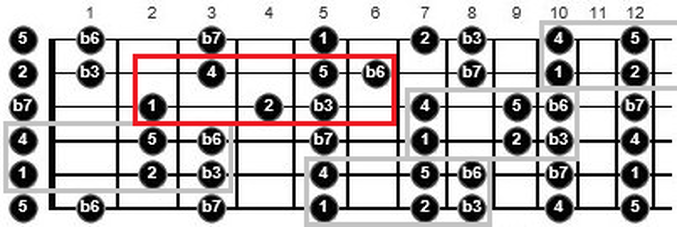
As you can see, our horizontal boxes from Part 1 (here in A Aeolian/Natural Minor) are consistent on all other string pairs EXCEPT the G and B strings (in red) where we now have a slightly awkward fingering. In Part 1 we avoided this by using only certain string pairs, but we should be able to at least negotiate the warp zone. In truth, the odd-one-out pattern isn’t that uncomfortable, and even makes a good drill for practicing this tricky string change. If you think about it, it’s the exact same pattern as all the others only warped by the fretboard, and once you become aware of every pattern shifting up one fret on the B string, it takes the guesswork out of how patterns permutate across the fretboard.
The Mental Stuff
So, what you have here are a few options: you could adopt the ‘shift everything up one fret on the B string’ thought process, or you could completely dismiss this concept and live blissfully in ignorance; or better still, you could exploit the warp zone to come up with some new patterns.
The following patterns are consistent insomuch as there are 2 notes on the G string and 3 on the B string, which seems to fall more nicely under your fingers that the now offset patterns we’d been using, and on guitar anything that falls nicely under your fingers will quickly start showing up in your playing.
Check out the following warp-avoidance patterns:
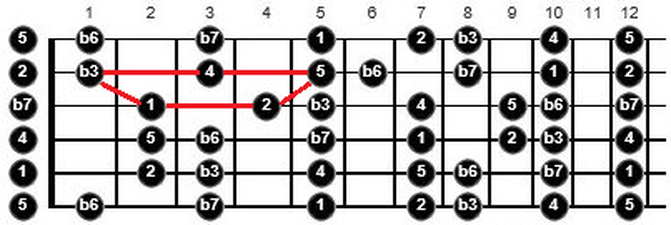
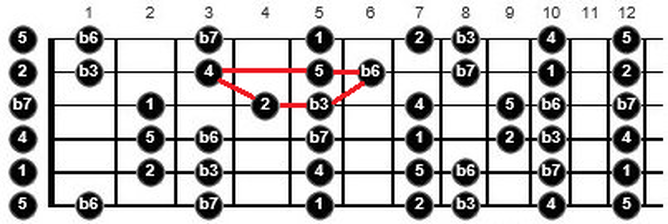
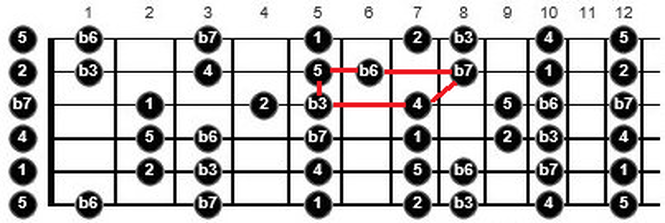
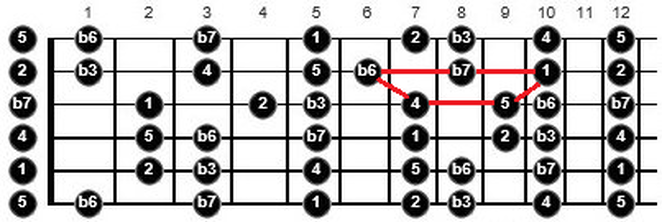
Continue up the fretboard as far your frets allow and come back down again. If you found these patterns awkward, that’s a good sign because you’ve ventured out of your 3NPS/CAGED pattern mindset and are practicing the bits and pieces that help you see the bigger picture of the fretboard as a whole.
I’d definitely recommend spending 5 or 10 minutes of your practice routing on the horizontal fretboard motion we’ve gone over in this series. Give it a week or so and you’ll soon see a marked improvement in your ability to navigate the fretboard.



